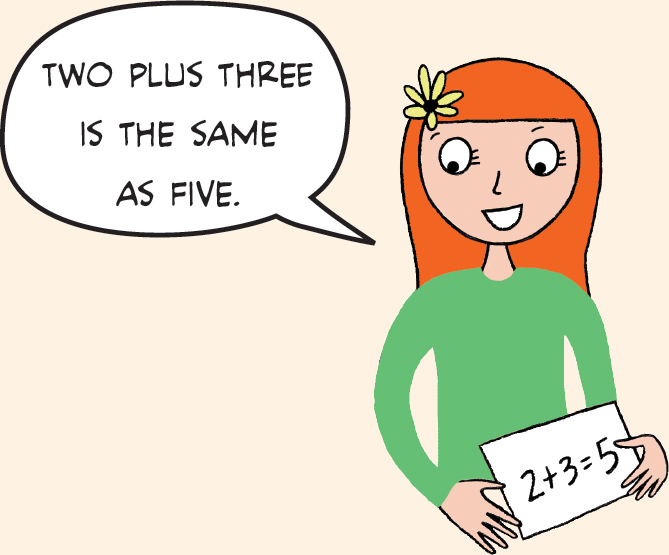Tins and Toasty Buns: I’m Tired of Counting!

Once upon a time, a baker named Lin made hot toasty buns for people to eat. Her twin brother, Larry, helped, too!
Everybody loved the buns, so Lin made more and more! Larry would help people to their cars with all the buns they ordered, but often Larry had a hard time counting them and carrying them. He was so tired from all the counting, and he kept dropping them on the ground! Then they got a great idea to use tins, which really helped Larry. You see, all the tins were the same size, and they always held 10 buns each. So instead of having to count 10 buns like this…

…they could instead fill up a tin, and—ta-da!—they knew for sure there were 10 buns inside, without even having to count. Wow!
So if someone ordered 14 buns, Lin could just fill up a tin, and then add 4 more, like this:

Or if someone ordered 21 buns, Lin would just give them 2 full tins and 1 extra bun, because:


Using tins is a GREAT way to keep track of how many buns we have, without all the trouble of counting every single bun.
“Each tin holds 10 buns,” said Lin to Larry.
“Very easy to load and so easy to carry!
So turn that frown into a grin—
Whenever we can, let’s fill a tin!”


When we see an equals sign, =, it means “equals,” or “is the same as,” so when we’re reading it, we can think about those words in our heads! For example:
2 + 3 = 5
“Two plus three is the same as five.”
“Two plus three equals five.”

8 − 2 = 6
“Eight take away two is the same as six.”
“Eight take away two equals six.”
3 tins = 30 buns
“Three tins is the same as thirty buns.”
“Three tins equals thirty buns.”
Notice that since there are 10 buns in each tin, we also know that:
2 tins is the same as 20 buns
3 tins = 30 buns
4 tins = 40 buns
Can you see the pattern? How many buns are in 5 tins? Yep—50 buns!
Can you figure out the rest? Say them out loud!
6 tins = ? buns
7 tins = ? buns
8 tins = ? buns
9 tins = ? buns